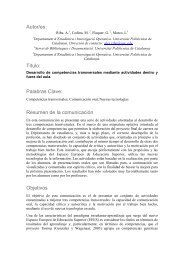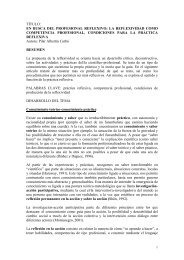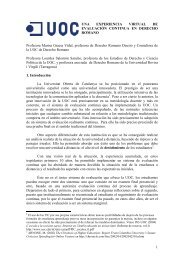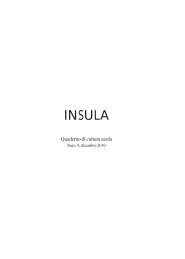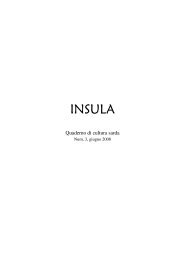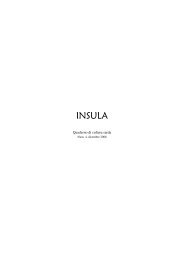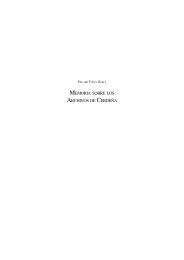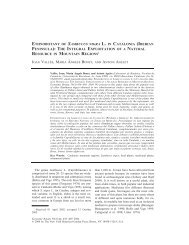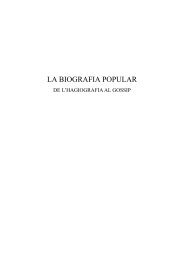Impaginato 5.p65 - Universitat Rovira i Virgili
Impaginato 5.p65 - Universitat Rovira i Virgili
Impaginato 5.p65 - Universitat Rovira i Virgili
Create successful ePaper yourself
Turn your PDF publications into a flip-book with our unique Google optimized e-Paper software.
EVIDENCE IN FAVOR OF THE PALAEOLITHIC CONTINUITY REFUGIUM THEORY (PCRT)<br />
109<br />
bright colors of Santa’s suit (Chris 1992; Rodríguez 1997: 107-132). The Chicago<br />
artist reworked Nast’s chubby bear-like Santa into a taller, ever smiling and more<br />
humanized version, the ideal grandfather, basing his paintings initially on the face<br />
of his friend Lou Prince and upon the death of the latter, on his own.<br />
One of Nast’s illustrations provides us with a particularly a good example of<br />
how entrenched customs can be modified, if not erased. That is, the way that<br />
(unconscious) beliefs and as well as other circumstances can come into play in order<br />
to make the past appear to conform more closely with the present. In this instance,<br />
we have the example of the original cover page from the 1869 edition where Nast’s<br />
childhood memories of the furry Pelznickels are clearly evident in the brown tones<br />
of the creature’s fuzzy costume and paws (Figure 19). However, when this book<br />
was reprinted, in 1950 (Webster [1869] 1950), a decision was taken with respect to<br />
the cover of the new edition to alter the colors of the earlier illustration, remove the<br />
Peltznickel’s brown paws, and replace them with furry white mittens (Figure 20).<br />
That choice brought the color-coding of the book’s cover into greater conformance<br />
with what was, by the 1950s, the conventional view of the colors associated with the<br />
Coca-Cola Santa, namely, red and white. Quite possibly those in charge of deciding<br />
on the packaging of the book were doing nothing more sinister than attempting to<br />
make it as visually marketable as possible. Luckily, those in charge of the reprint<br />
also decided to include a color reproduction of the original cover from the 1869<br />
edition, in the 1950 edition of the book.<br />
Figure 20. Red-colored cover of Webster’s book of Nast’s drawings. Source: Webster ([1869] 1950).




